Braj Bhum in Mughal Times: The State, Peasants and Gosains
Braj Bhūm in Mughal Times: The State, Peasants and Gosā’ins represents a unique effort at presenting the conditions of life of the ordinary people in a small region of the Mughal Empire from about the accession of Akbar (1556) to the collapse of Mughal power (1739). The study brings out how the Mughal administration functioned on the ground, how peasant communities were organized and religious men conducted their worldly affairs. We are even able to meet some lowly men and women as distinct individuals. Some interesting facts also emerge: the early dates from which Akbar’s grants to temples began; the extensive survey of temples in Braj heartland that Akbar ordered in 1598; and, late in Aurangzeb’s reign (1704), the official levy of Re. 1 per annum on each village in the Braj region to be collected by the Chaitanya—gosā’ins. Readers to whom ordinary people matter should find much of interest in the reconstructed history of three villages separately studied (Vrindavan, Radhakund and Rajpur). At the end, there are biographies of Gosains of the Chaitanya sect mainly containing details of their worldly concerns. The book uses a mass of privately preserved documents in Persian and Braj, along with historical texts, travel accounts, etc. (see Introduction). A bibliography and comprehensive index will be found at the end of the book.
Get it now and save 10%
BECOME A MEMBER

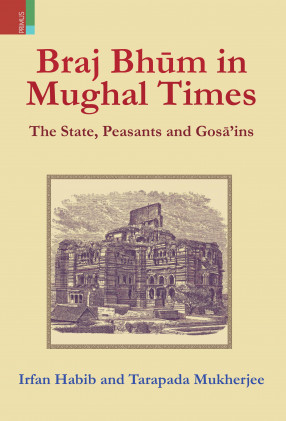
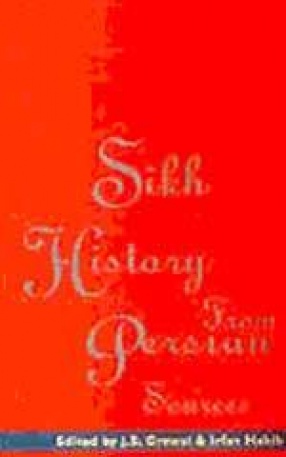
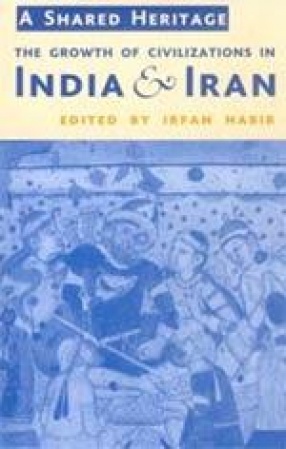
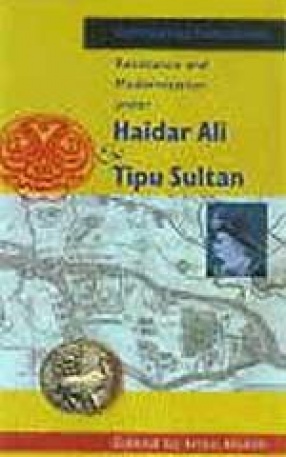
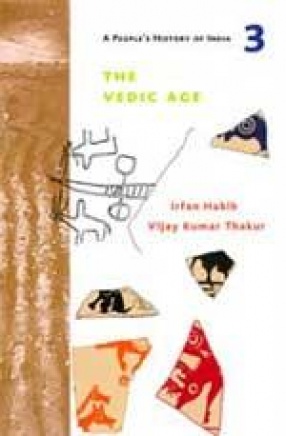
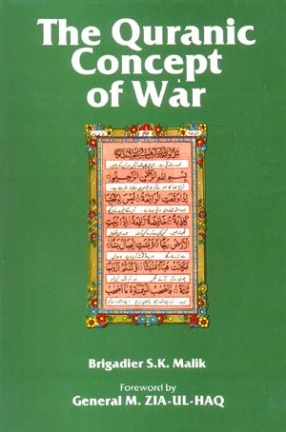
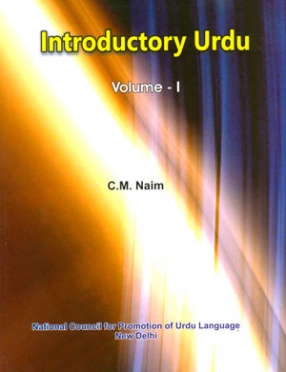

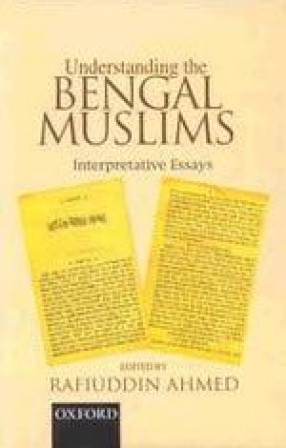

Bibliographic information
Tarapada Mukherjee